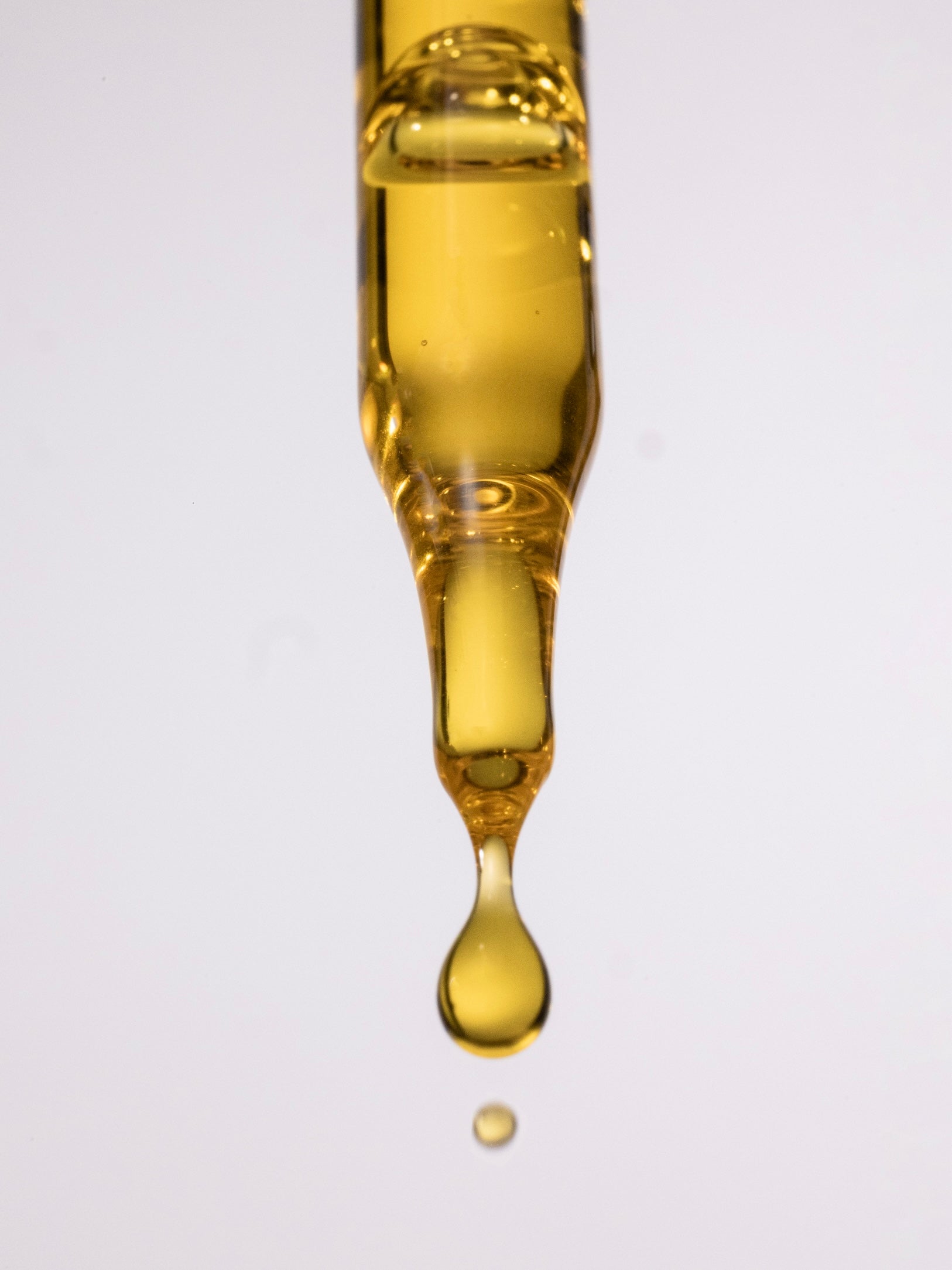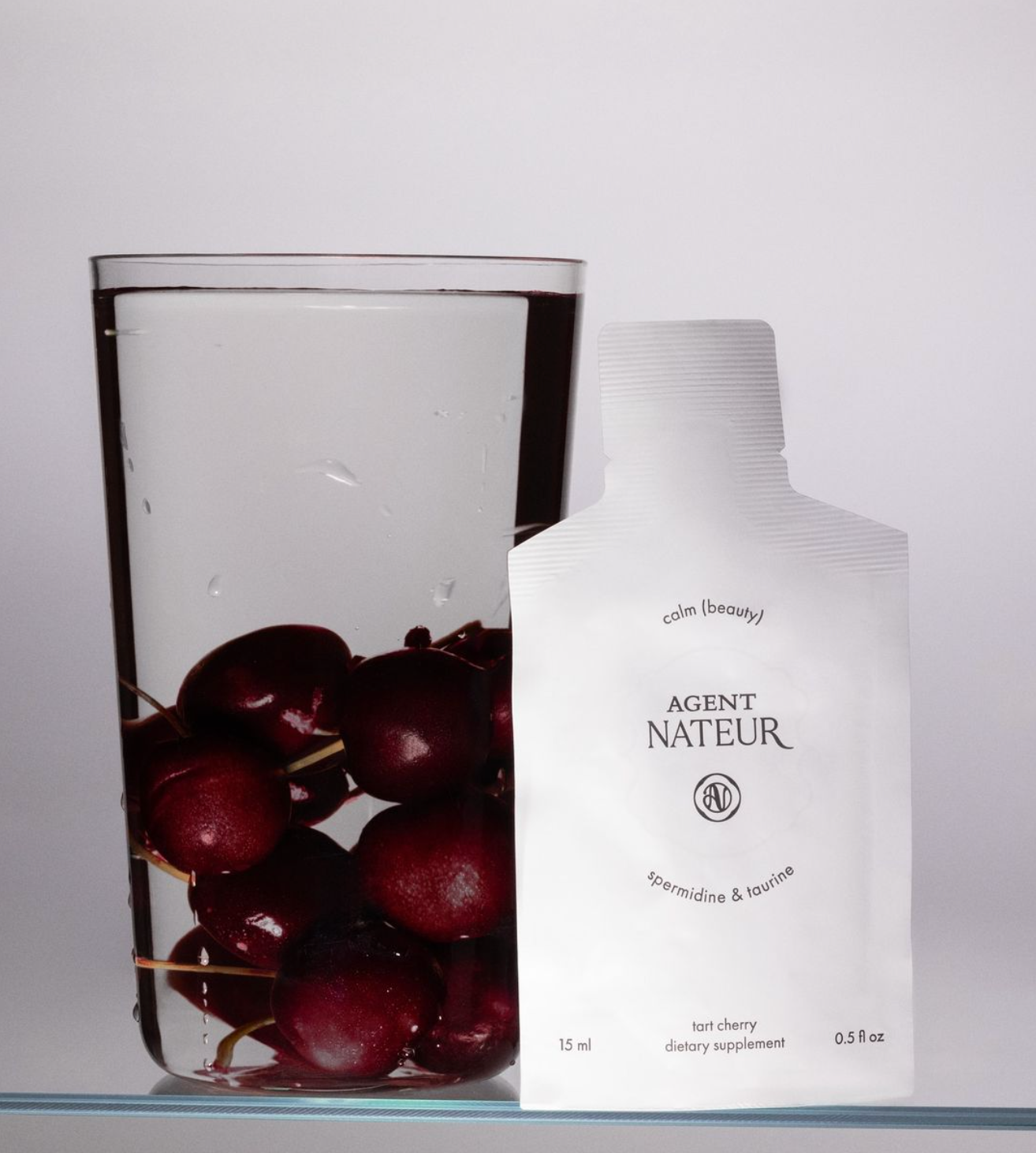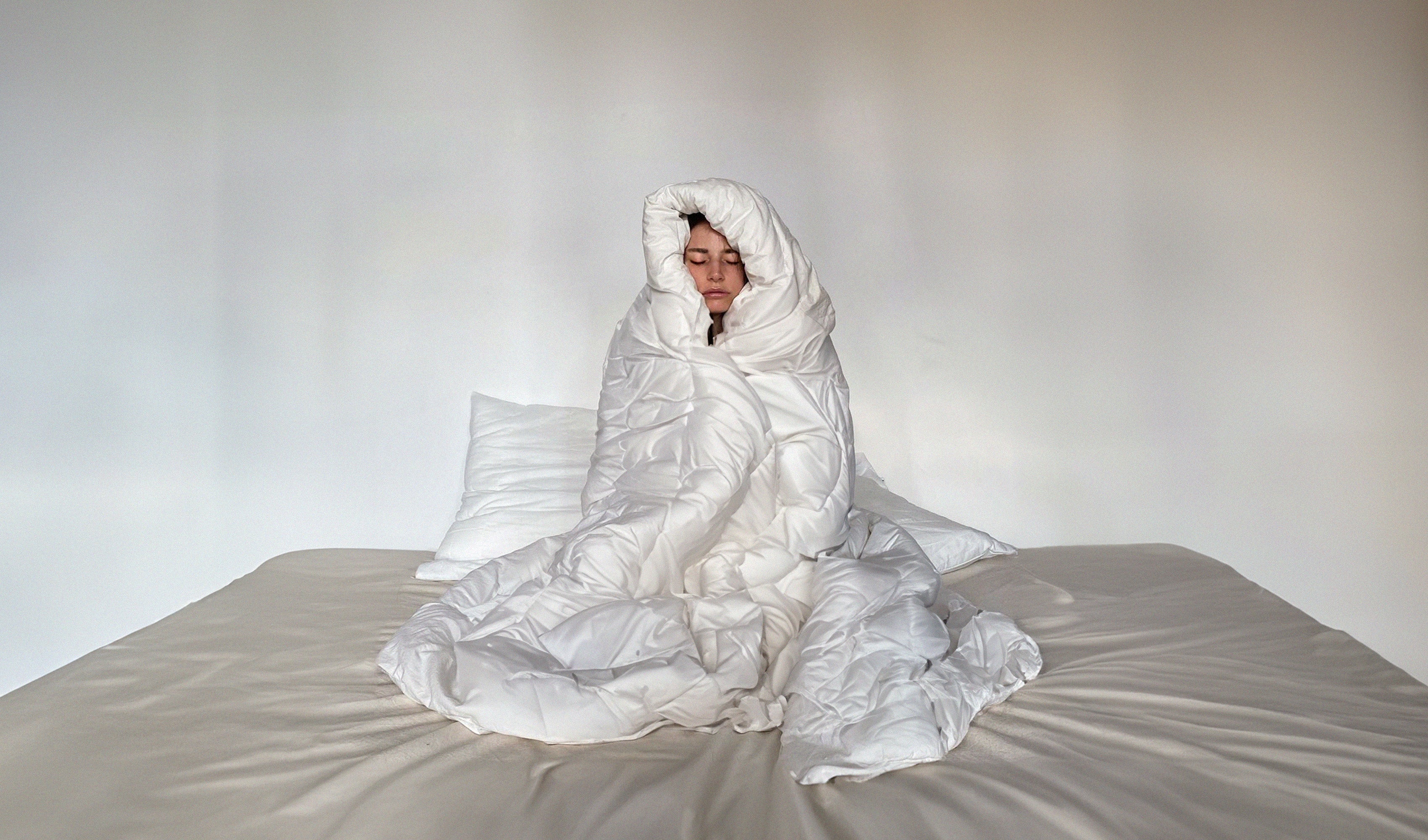The Importance of At-Home Air Purifiers

As wildfires raged in California, everyone was breathing in ash and smoke, which can affect both short and longterm health. If you can escape the pollutants indoors, you may be surprised that indoor air can actually be even more toxic than the air we breathe outdoors. The ash and smoke from the fires can get trapped, adding to the chemicals already circulating inside your home.
Aside from smoke and ash, there are many other factors that contribute to indoor air pollution. VOC’s (Volatile Organic Compounds) are emitted into the air from toxic ingredients in paint such as formaldehyde releasers, which can be present in flooring, paint, carpet, and furniture. The list goes on. Furniture treated with fire retardants, cleaning supplies, fumes released when cooking, fragrances such as synthetic air fresheners, and smoke can also contribute. To tack onto that, pesticides used to treat insects in and outside of your home and brought indoors from shoes can get trapped in our indoor air. And lastly, biological pollutants such as mold, pet dander, dust mites, dust, pollen, and pathogens can be responsible for compromising the air inside your home.
Both acute and chronic health risks are associated with toxic chemicals and substances that cause indoor air pollution, such as the ones listed above. Itchy nose and throat, sneezing and wheezing, watery eyes, coughing, nasal congestion, and fatigue are all symptoms that can be caused by toxins circulating indoors that we inhale. Then there are more severe and longterm health conditions such as hormone dysfunction, autoimmune disease, asthma, chronic respiratory infections, pulmonary heart conditions, and even cancer. It is our environment, not genetics, that has the most impact on our overall health. We spend the majority of our time indoors, so if you are surrounded by harmful chemicals that are released into the air that you breathe regularly, then your health will be negatively impacted. It would be amazing if we could construct our homes with toxin-free materials, but that is obviously not feasible nor accessible to most. If you live in an apartment or rent a house, then you already know you have no control over the actual building materials and paints used.
That said, the good news is there are numerous steps that you can take to decrease indoor air pollution. These include:
- An air purifier
- Swap out all cleaning products for safe/ toxin-free options
- Use essential oils and naturally scented candles instead of plug-ins or synthetic air fresheners
- Purchase furniture that is not treated with fire retardants and made with cleaner materials
- Use a vacuum cleaner with a HEPA filter
- Surround your home with plants. The Snake Plant, English Ivy, Peace Lily, and Chrysanthemum are a few of many indoor plants that are capable of filtering multiple toxic chemicals from the air
- Do not wear shoes in the house. When you wear shoes inside you, bring in pesticides and other chemicals and germs from the outdoors
- Open windows often to get fresh air circulating. Do not open windows if there is smoke and ash in the air form fires
Benefits of an Air Purifier :
An air purifier for your home will have the most significant impact on your indoor air quality because of its capabilities to filter microscopic particles such as mold spores and viruses. Air purifiers are not all equal, so we selected two of the top brands—The Air Doctor and Austin Air— to compare both endorsed by well-known names in the health and wellness community and filtration capabilities that surpass others on the market.
The Air Doctor has an UltraHEPA Filter, which is said to be 100 times more effective than ordinary HEPA filters and can capture 99.99% of the most dangerous ultrafine PM 2.5 particles. It is also certified to filter 99.5% of all particles down to 0.003 microns. These numbers are huge in comparison to most HEPA systems, which only claim to remove particles down to .3 microns. Another feature of the Air Doctor is the dual-action Carbon/Gas Trap/VOC Filter, which eliminates dangerous ozone, gas, and volatile organic compounds like formaldehyde from the air. This filter is also light and easy to move from room to room. All testing has been conducted in independent labs. You can use my friend @empoweredautoimmune’s discount code here for $300 off: https://www.airdoctorpro.com?src=affiliate&aid=64356
The Austin Air HealthMate Plus is a medical-grade air purifier that has been tested and shown to remove a wide range of gases, chemicals, VOC’s, and formaldehyde. This is the top model by Austin Air and is recommended for anyone who lives around wildfires. In the year 2000, the Austin HealthMate underwent extensive testing at Battelle Laboratories, Aberdeen, MD. It has been selected as the top air purifier for chemical and VOC filtration out of 100 other filters tested. It has been tested and proven to remove 99.97% of particles larger than 0.3 microns and 95% of particles larger than 0.1 microns. Also, the Austin Air has received the California Environmental Protection Agency’s Air Resources Board certification and has been used and recommended by the Red Cross, FEMA and the U.S. Department of Housing and Urban Development (HUD) setting Austin Air apart from other air purifiers on the market.
There are many air purifiers/ filters on the market. However, some of them claim to only filter down to .3 microns, which both the Austin Air and Air Doctor surpass. Some websites will not even disclose how small of particles their air purifiers actually filter and only suggest the product was able to filter microscope particles without giving actual numbers. When selecting an air purifier, you should do your research and look for transparency. All purifiers should have gone through testing to back up performance claims. Plus, the company should always disclose these results on its website. If you implement these steps, you will be able to drastically decrease the number of toxins you are exposed to indoors, potentially alleviating current symptoms and longterm health problems for years to come.
By Jena Covello and Mary Whitlock





